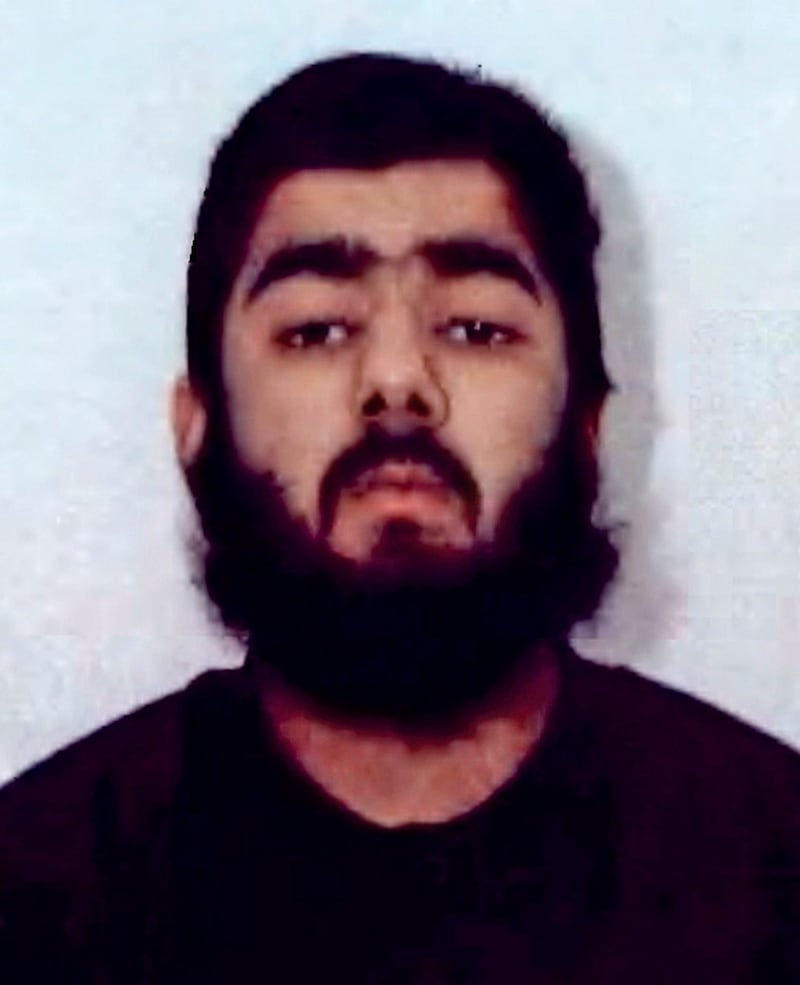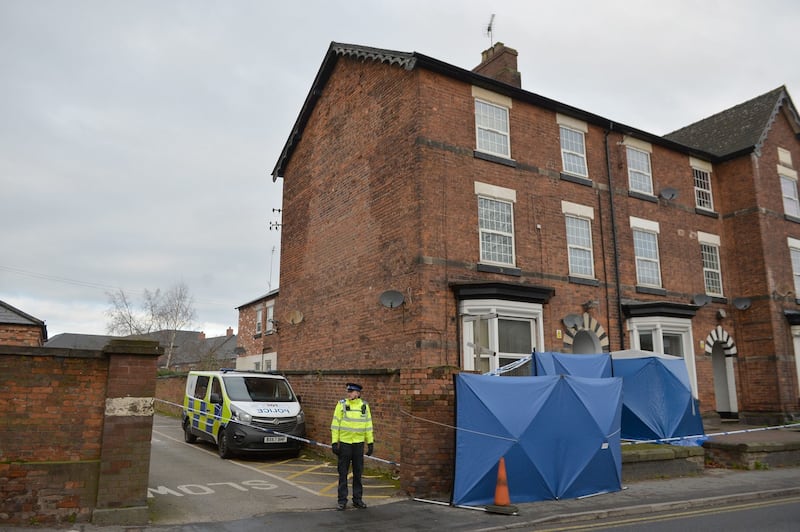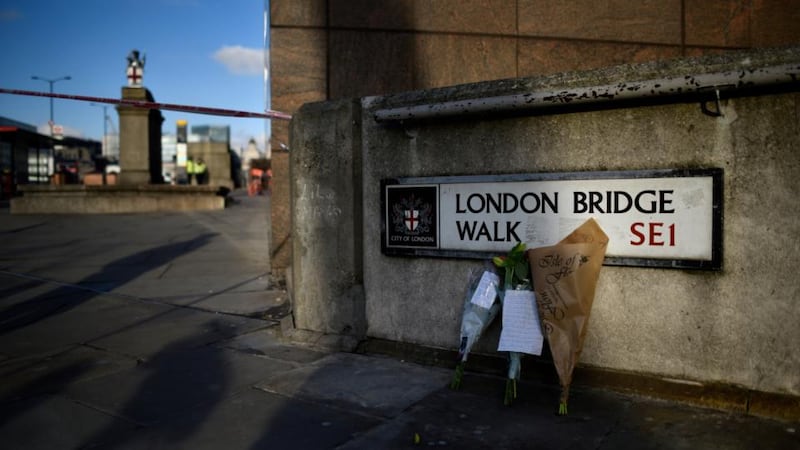A woman killed in the London Bridge attack has been named as the former Cambridge student Saskia Jones (23) from Stratford-upon-Avon, the Metropolitan police have said.
The NHS has also said one of the people injured in the attack has been allowed to return home and two others remain in a stable condition.
Meanwhile,An urgent review of terrorists released from prison has been launched after the knife attack by convicted terrorist Usman Khan.
The 28-year-old, who was released halfway through his 16-year sentence, fatally stabbed 25-year-old Merritt and Jones.
The attack on Friday afternoon left three other people injured, one of whom is a member of staff, the university’s vice-chancellor Stephen Toope said.
Khan was on licence and wearing an electronic monitoring tag when he attended a conference on prisoner rehabilitation hosted by Cambridge University scheme Learning Together at Fishmongers’ Hall near London Bridge.
In a statement, Mr Toope said: “I am sad beyond words to report that a course co-ordinator, Jack Merritt, was killed, as was a former student [Jones].
“Among the three people injured, whose identities have not been publicly released, is a member of university staff. Our university condemns this abhorrent and senseless act of terror.”

Conditions
The attack has prompted the Ministry of Justice to review the licence conditions of every convicted terrorist released from prison, which UK prime minister Boris Johnson says is “probably about 74” people.
Mr Johnson told BBC One’s the Andrew Marr Show that the other individuals were now “being properly invigilated to make sure there is no threat”.
“I think it is ridiculous, I think it is repulsive, that individuals as dangerous as this man should be allowed out after serving only eight years and that’s why we are going to change the law,” he said on Sunday.
Pushed on what action is being taken, Mr Johnson said he did not want to go into the “operational details”, but said: “I’m sure people can imagine what we’re doing to ensure that 74 other individuals who’ve been let out early on the basis of this Labour change in legislation, they are being properly invigilated to make sure there is no threat.”
Mr Johnson said Khan was under “various conditions”, adding: “He had mentors, he had restrictions on his mobile phone, he had restrictions on internet access.”

Cobra
A meeting of officials in the Government’s emergency committee, Cobra, took place on Sunday afternoon and the prime minister has been updated on the investigation by security officials, Downing Street said.
Khan, who was living in Stafford, was given permission to travel into the heart of London by police and the probation service. He had also been allowed to travel to Whitehall earlier in the year.
Armed with two knives and wearing a fake suicide vest, Khan was tackled by members of the public, including ex-offenders from the conference, before he was shot dead by police on London Bridge.
Footage posted online shows Khan being taken to the ground as one man sprays him with a fire extinguisher and another, reportedly a Polish man who worked at the Hall, lunges towards him with a narwhal tusk believed to have been taken from the wall inside the building.
Khan was part of an al-Qaida-inspired terror group – linked to radical preacher Anjem Choudary – that plotted to bomb the London Stock Exchange and build a terrorist training camp on land in Pakistan-controlled Kashmir owned by his family.
A list of other potential targets included the names and addresses of the Dean of St Paul’s Cathedral in London, then London mayor Mr Johnson, two rabbis, and the American Embassy in London.

Indeterminate sentence
In February 2012, Khan, who had been based in Stoke-on-Trent, was handed an indeterminate sentence for public protection, with a minimum term of eight years – meaning he could have been kept in prison for as long he was deemed to be a threat to the public.
The sentence was quashed at the Court of Appeal in April 2013 and he was given a determinate 16-year jail term, with a five-year extended licence period, under legislation which meant he was released automatically halfway through the sentence.
Sentencing law changed later in 2012, and if Khan was given the same sentence today he would have had to serve at least two-thirds and be released only if the Parole Board agreed.
Despite the law change coming into force before Khan’s appeal, he could only be sentenced under legislation in force when he committed his offences.
The Islamic State terror group claimed responsibility for the attack, saying Khan was one of its fighters, but did not provide any evidence.
No-one else is being sought over the attack. – PA and Guardian











